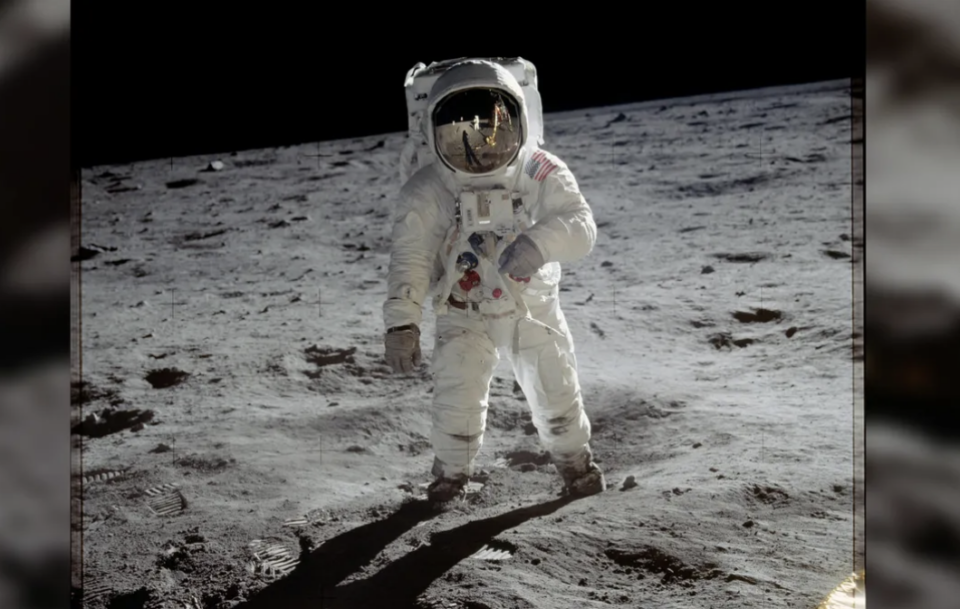The enduring myth of the moon-landing hoax persists even after 50 years since Apollo 11’s historic moon landing. Phil Plait, recognized as “The Bad Astronomer” among his many followers on Syfy, finds himself grappling with mixed emotions regarding this hoax theory. He expresses frustration at the ongoing necessity of debunking it, but at the same time, acknowledges that his prominence partly stems from his expertise in debunking such theories effectively.
Plait gained attention in 2001 when Fox Broadcasting aired a documentary titled “Conspiracy Theory: Did We Land on the Moon?” Coincidentally, he had amassed a wealth of research for a book he was developing at that time. The TV show spurred Plait to write a response on his blog, which garnered substantial attention even before the advent of today’s social media platforms. This catapulted his reach, and subsequently, his book “Bad Astronomy: Misconceptions and Misuses Revealed, from Astrology to the Moon Landing ‘Hoax'” further solidified his position as a respected science commentator.
Despite his success, Plait reflects on the far-reaching implications of the Fox documentary, acknowledging that it brought attention to a festering issue. While the skepticism surrounding the moon landing was present, it took a prominent media platform to exacerbate it, leading to widespread public discourse and exacerbating the conspiracy theory’s visibility.
The moon-landing hoax didn’t solely stem from skepticism immediately after Apollo 11’s success; it found cultural traction through media like the 1978 film “Capricorn One” and the dissemination of certain pamphlets, sparking interest among conspiracy-minded individuals. Despite extensive efforts by NASA and debunking attempts by various documentaries and TV shows, around 5% of Americans still believe in the moon-landing hoax, according to former NASA chief historian Roger Launius.
Plait acknowledges the difficulty of addressing such conspiracy theories, given the potential to inadvertently lend credibility to baseless claims. He navigates the complexities of the media landscape, where misinformation can proliferate rapidly, recalling instances where even his own commentary had to be corrected due to misinterpretation or manipulation.
Despite the challenges, Plait persists in his efforts to debunk misinformation. He emphasizes the real-world consequences of conspiracy beliefs, citing examples such as the anti-vax movement causing fatalities and climate change skepticism leading to detrimental environmental impacts. Plait underscores the importance of critical thinking, highlighting how conspiracy theories can distort public perception, hinder critical analysis, and erode trust in established facts.

